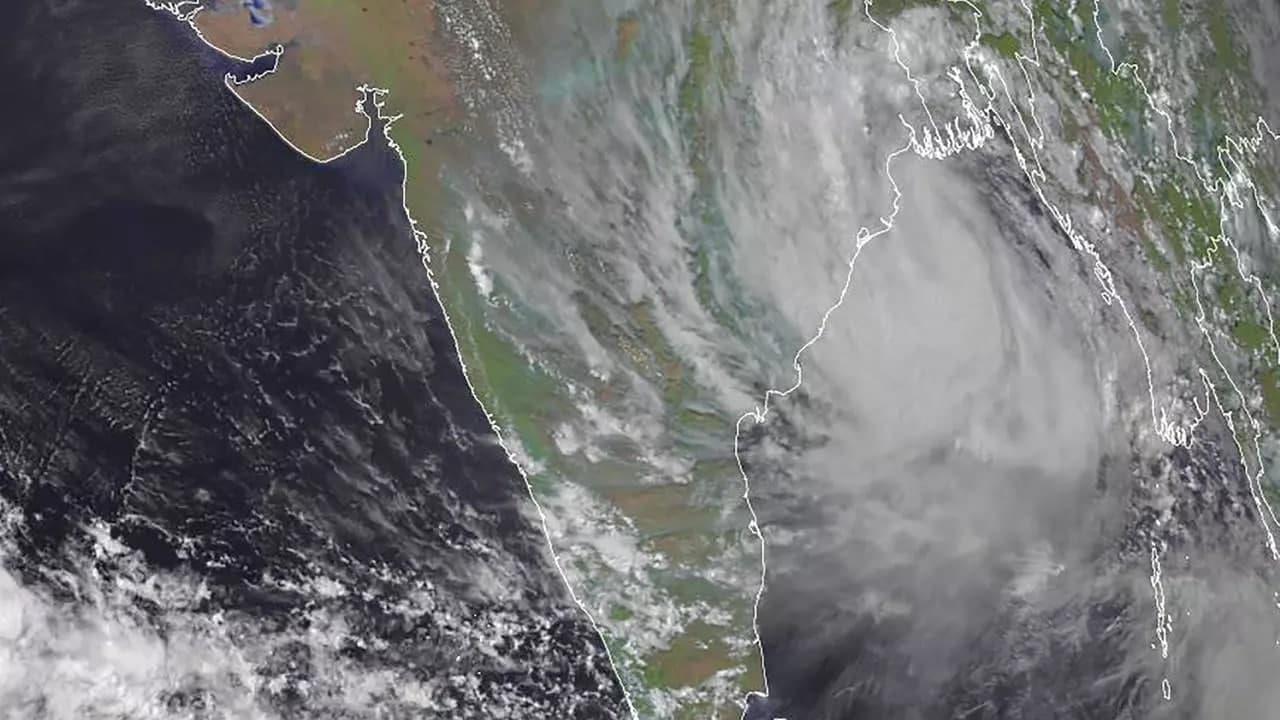KOLKATA, May 26 (AFP) - The second powerful cyclone to hit India in two weeks bore down on the east coast on Wednesday (May 25), sending hundreds of thousands of people scrambling for emergency shelters ahead of the devastating winds and rain.
Cyclone Yaas grew in the Bay of Bengal as rescuers on the opposite side of the country kept up the search for bodies from Cyclone Tauktae, which claimed at least 155 lives on May 14.
Yaas turned into a "very severe" storm late Tuesday and the Indian Meteorological Department predicted gusts of up to 185 kilometres an hour when it hits the coast near the border between West Bengal and Odisha states on Wednesday.
Amid fears that the cyclone could help spread the deadly coronavirus wave that has hit India in recent weeks, heavy rainfall lashed coastal villages and towns in the hours ahead of the arrival of Yaas.
A tornado that preceded the storm left two dead by electrocution as it tore through West Bengal's Hooghly district, authorities said.
Kolkata, West Bengal's main city, ordered its international airport to shut down for most of Wednesday because of the looming storm.
With some experts blaming global warming for fuelling more intense cyclones in the oceans around India, authorities have increasingly relied on mass evacuations away from threatened coasts to keep down the loss of life from storms that in the past have left thousands dead.
More than 1.2 million people have been moved to shelters in West Bengal and Odisha, which are hit by cyclones virtually every year.
"Every life is precious," said Odisha's chief minister Naveen Patnaik as he appealed for the population not to "panic" and to move away from the coast.
A record 4,800 disaster workers had been positioned in the two states, equipped with tree and wire cutters, emergency communications, inflatable boats and medical aid, the National Disaster Response Force said.
Both states are struggling with the coronavirus wave that has left more than 120,000 dead across India in the past six weeks.
Officials in Bangladesh, which lies to the east of West Bengal, said they did not expect the storm to hit the delta nation.
The Bay of Bengal has conditions favourable to the development of cyclones, including high sea surface temperatures.
Some of the deadliest storms in history have formed there, including one in 1970 that killed half a million people in what is modern-day Bangladesh.
